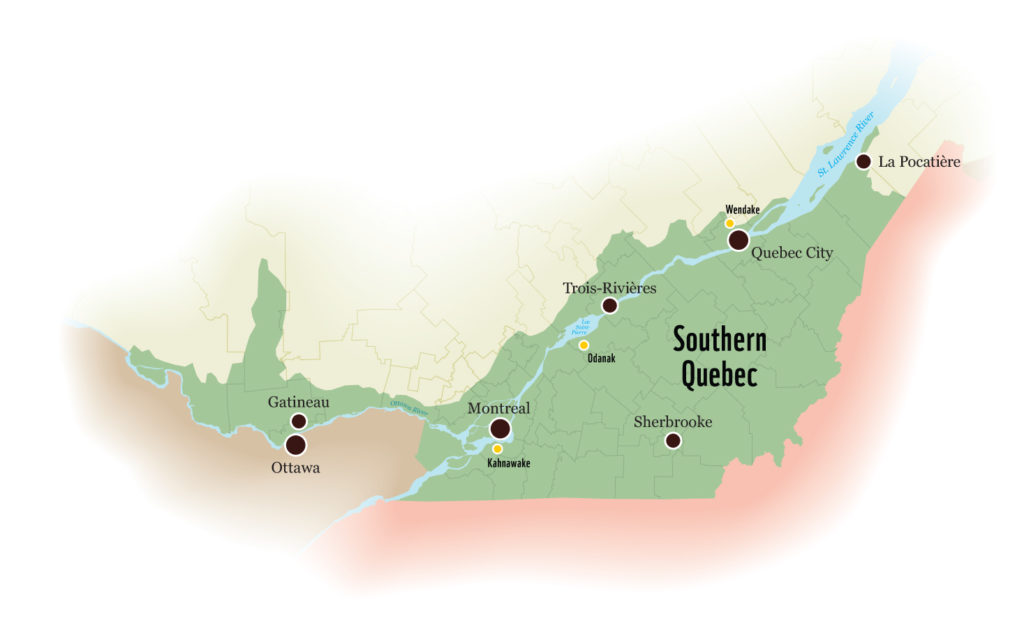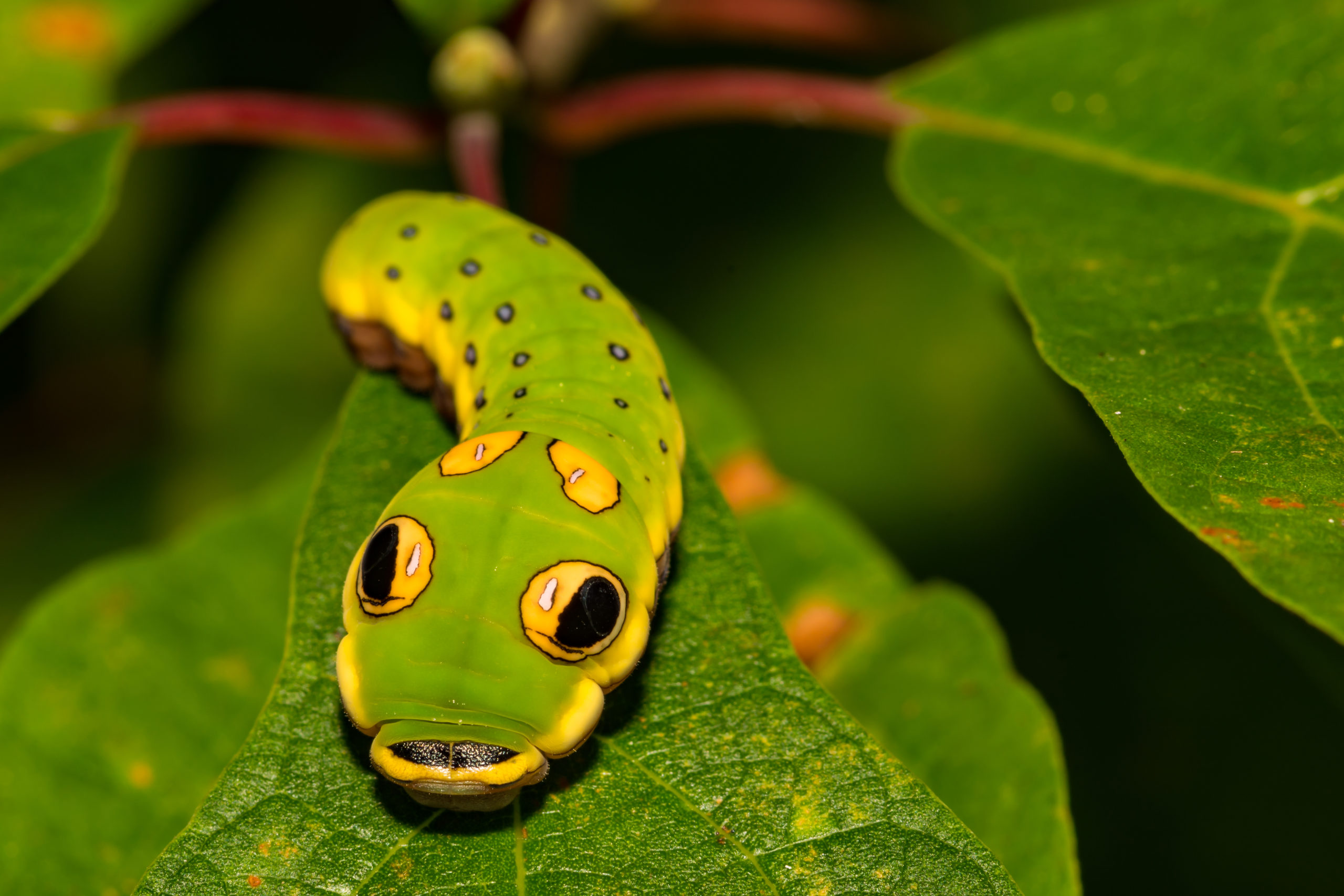Southern Quebec includes several ecological regions that are all based on the sugar maple forest ecosystem: sugar maple-yellow birch, sugar maple-hickory and sugar maple-basswood. The St. Lawrence and Ottawa valleys are home to several unique species, some of which are at risk, such as the southern flying squirrel, the eastern bumblebee and the monarch butterfly.
The areas along the St. Lawrence River are important for four main reasons: high soil carbon, forest biomass, climate refugia and a large number of species at risk. But this region is under great stress from urbanization and agriculture.
If you live in Southern Quebec, your garden is an essential part of restoring habitats and creating a healthy future for the region and the species that live there, too. Join us in making your garden part of the solution! Together we can create critical habitat for species and a more resilient environment, one garden at a time.





